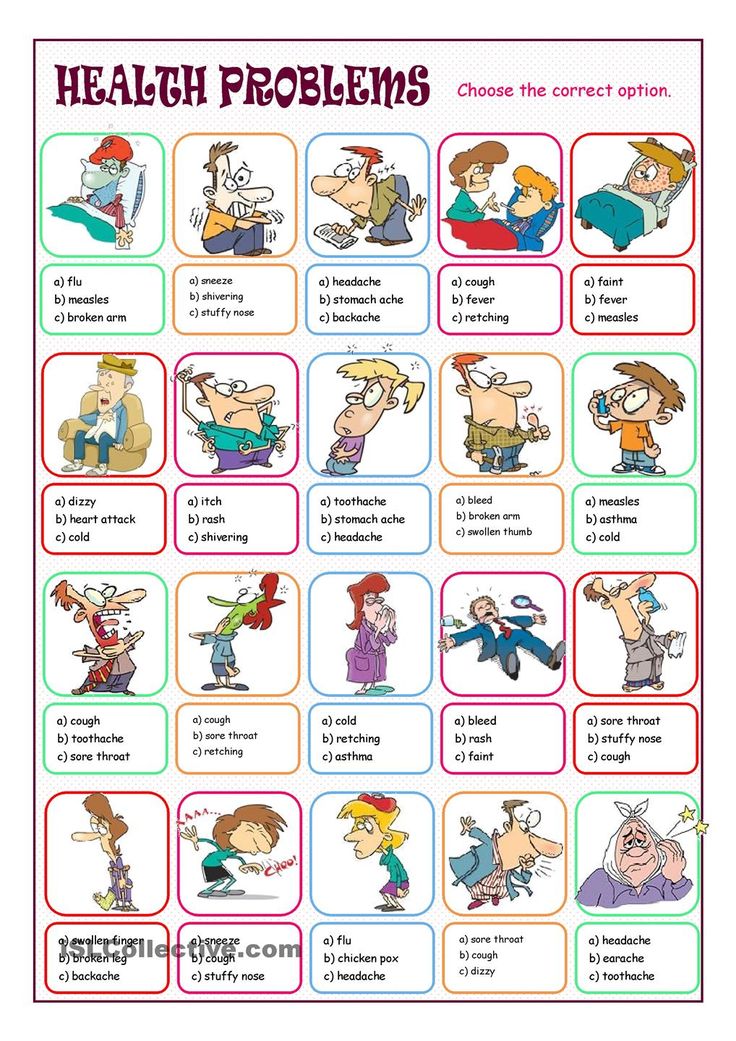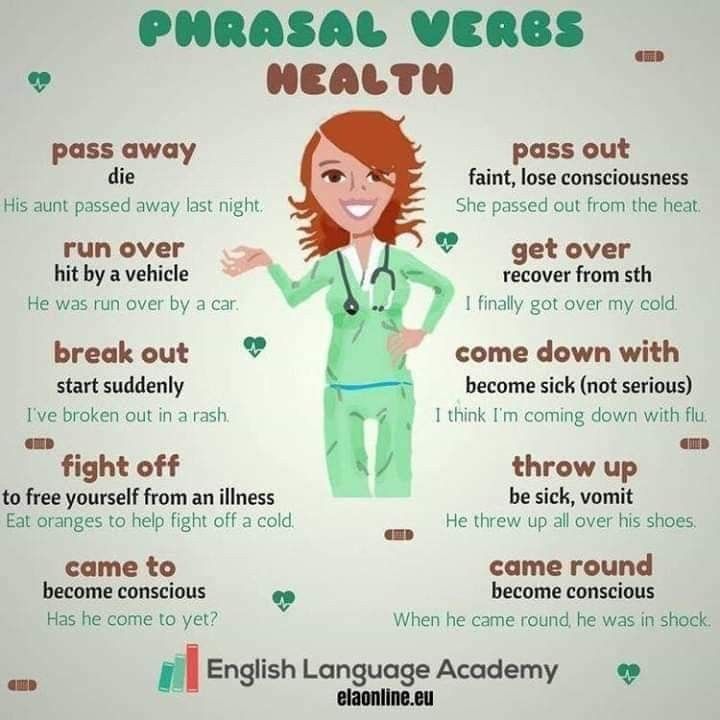Faint rash on stomach
Rash or Redness - Widespread
Is this your child's symptom?
- Red or pink rash over large parts or most of the body (widespread)
- Sometimes, just on hands, feet and buttocks - but same on both sides of body
- Small spots, large spots or solid red skin
Causes of Widespread Rash or Redness
- Viral Rash. Most rashes are part of a viral illness. Viral rashes usually have small pink spots. They occur on both sides of the chest, stomach and back. Your child may also have a fever with some diarrhea or cold symptoms. They last 2 or 3 days. More common in the summer.
- Roseola. This is the most common viral rash in the first 3 years of life. (See details below).
- Chickenpox. A viral rash with a distinctive pattern. (see that Care Guide)
- Hand-Foot and-Mouth Disease. A viral rash with a distinctive pattern. It starts with tiny red spots and blisters on the palms and soles.
(see that Care Guide)
- Monkeypox. A rare viral rash that often starts on the face or genital area. It then spreads to the arms and legs. Not usually seen in children unless someone in the home has monkeypox.
- Scarlet Fever. Scarlet Fever is a speckled, red rash all over. Has a sandpaper feel. Caused by the Strep bacteria. Starts on upper chest and quickly spreads to lower chest and stomach. No more serious than a Strep throat infection without a rash.
- Drug Rash. Most rashes that start while taking an antibiotic are viral rashes. Only 10% turn out to be allergic drug rashes. (see details below)
- Hives. Raised pink bumps with pale centers. Hives look like mosquito bites. Rashes that are bumpy and itchy are often hives. Most cases of hives are caused by a virus. Hives can also be an allergic reaction. (See that Care Guide for details)
- Heat Rash. A fine pink rash caused by overheating.
 Mainly involves neck, chest and upper back.
Mainly involves neck, chest and upper back. - Insect Bites. Insect bites cause small red bumps. Flying insects can cause many bumps on exposed skin. Non-flying insects are more likely to cause localized bumps.
- Hot Tub Rash. Causes small red bumps that are painful and itchy. Mainly occurs on skin covered by a bathing suit. Rash starts 12-48 hours after being in hot tub. Caused by overgrowth of bacteria in hot tubs.
- Petechiae Rash (Serious). Petechiae are purple or dark red colored tiny dots. They come from bleeding into the skin. Scattered petechiae with a fever are caused by Meningococcemia until proven otherwise. This is a life-threatening bacterial infection of the bloodstream. Peak age is 3 to 6 months old. Unlike most pink rashes, petechiae don't fade when pressed on.
- Purpura Rash (Serious). Purpura means bleeding into the skin. It looks like purple or dark red larger spots. Widespread purpura is always an emergency.
 It can be caused by a bacterial bloodstream infection. Rocky Mountain Spotted Fever is an example.
It can be caused by a bacterial bloodstream infection. Rocky Mountain Spotted Fever is an example. - Blister Rash (Serious). Widespread blisters on the skin are a serious sign. It can be caused by infections or drugs. Stevens Johnson Syndrome is an example.
- Caution. All widespread rashes with fever need to be seen. They need to be diagnosed. Reason: some serious infections that can cause this type of rash.
Drugs and Rashes
- Prescription medicines sometimes cause widespread rashes. Some are allergic, but most are not.
- Non-prescription (OTC) medicines rarely cause any rashes.
- Most rashes that occur while taking an OTC medicine are viral rashes.
- Fever medicines (acetaminophen and ibuprofen) cause the most needless worry. Reason: most viral rashes start with a fever. Hence, the child is taking a fever medicine when the rash starts.
- Drug rashes can't be diagnosed over the phone.
Roseola - A Classic Rash
- Most children get Roseola between 6 months and 3 years of age.

- Rash: pink, small, flat spots on the chest and stomach. Then spreads to the face.
- Classic feature: 3 to 5 days of high fever without a rash or other symptoms.
- The rash starts 12 to 24 hours after the fever goes away.
- The rash lasts 1 to 3 days.
- By the time the rash appears, the child feels fine.
- Treatment: the rash is harmless. Creams or medicines are not needed.
Localized Versus Widespread Rash: How to Decide
- Localized means the rash occurs on one small part of the body. Usually, the rash is just on one side of the body. An example is a rash on 1 foot. Exceptions: athlete's foot can occur on both feet. Insect bites can be scattered.
- Widespread means the rash occurs on larger areas. Examples are both legs or the entire back. Widespread can also mean on most of the body surface. Widespread rashes always occur on matching (both) sides of the body. Many viral rashes are on the chest, stomach and back.

- The cause of a widespread rash usually spreads through the blood stream. Examples are rashes caused by viruses, bacteria, toxins, and food or drug allergies.
- The cause of a localized rash usually is just from contact with the skin. Examples are rashes caused by chemicals, allergens, insect bites, ringworm fungus, bacteria or irritants.
- This is why it's important to make this distinction.
When to Call for Rash or Redness - Widespread
Call 911 Now
- Purple or blood-colored spots or tiny dots with fever within the last 24 hours
- Trouble breathing or swallowing
- Not moving or too weak to stand
- You think your child has a life-threatening emergency
Call Doctor or Seek Care Now
- Bright red skin that peels off in sheets
- Large blisters on skin
- Bloody crusts on the lips
- Taking a prescription medication within the last 3 days
- Fever
- Your daughter is having her period and using tampons
- Your child looks or acts very sick
- You think your child needs to be seen, and the problem is urgent
Contact Doctor Within 24 Hours
- Widespread rash, but none of the symptoms above.
 Reason: all widespread rashes need to be checked by a doctor.
Reason: all widespread rashes need to be checked by a doctor.
Seattle Children's Urgent Care Locations
If your child’s illness or injury is life-threatening, call 911.
- Bellevue
- Everett
- Federal Way
- Seattle
Care Advice for Widespread Rashes
- What You Should Know About Widespread Rashes:
- Most rashes with small pink spots all over are part of a viral illness.
- This is more likely if your child has a fever.
 Other symptoms (like diarrhea) also point to a viral rash.
Other symptoms (like diarrhea) also point to a viral rash. - Here is some care advice that should help until you talk with your doctor.
- Non-Itchy Rash Treatment:
- If you suspect a heat rash, give a cool bath.
- Otherwise, no treatment is needed.
- Itchy Rash Treatment:
- Wash the skin once with soap to remove any irritants.
- Steroid Cream. For relief of itching, use 1% hydrocortisone cream (such as Cortaid). Put it on the most itchy areas. No prescription is needed. Do this 3 times per day.
- Cool Bath. For flare-ups of itching, give your child a cool bath. Do not use soap. Do this for 10 minutes. Caution: avoid any chill. Option: Can add 2 ounces (60 mL) of baking soda per tub.
- Scratching. Try to keep your child from scratching. Cut the fingernails short. Reason: prevents a skin infection from bacteria.
- Allergy Medicine for Itching.
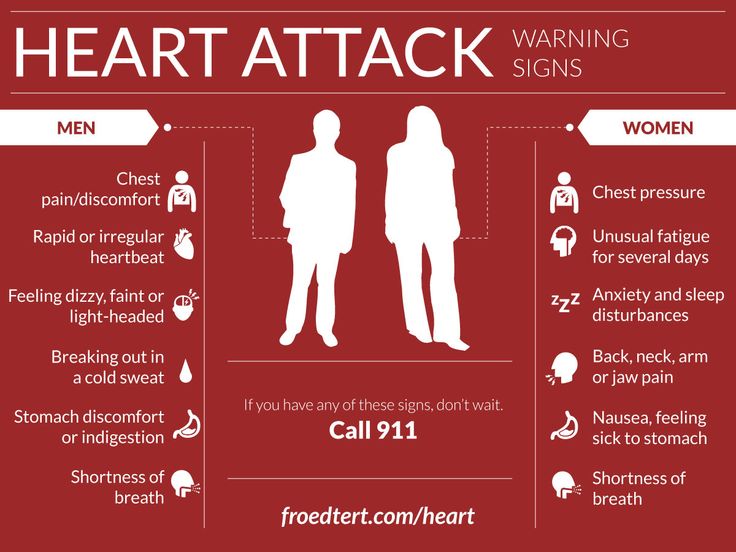 If itching becomes severe, give an allergy medicine, such as Benadryl. No prescription is needed. Age limit: 1 and older. If needed longer than a few days, switch to a long-acting antihistamine, such as Zyrtec. Age limit: 2 and older.
If itching becomes severe, give an allergy medicine, such as Benadryl. No prescription is needed. Age limit: 1 and older. If needed longer than a few days, switch to a long-acting antihistamine, such as Zyrtec. Age limit: 2 and older.
- Fever Medicine:
- For fevers above 102° F (39° C), give an acetaminophen product (such as Tylenol).
- Another choice is an ibuprofen product (such as Advil).
- Note: Fevers less than 102° F (39° C) are important for fighting infections.
- For all fevers: Keep your child well hydrated. Give lots of cold fluids.
- Return to School:
- Most viral rashes can be spread to others (especially if a fever is present).
- If your child has a fever, avoid contact with other children. Also, avoid pregnant women until a diagnosis is made.
- For minor rashes, your child can return after the fever is gone.
- For major rashes, your child can return to school after the rash is gone.
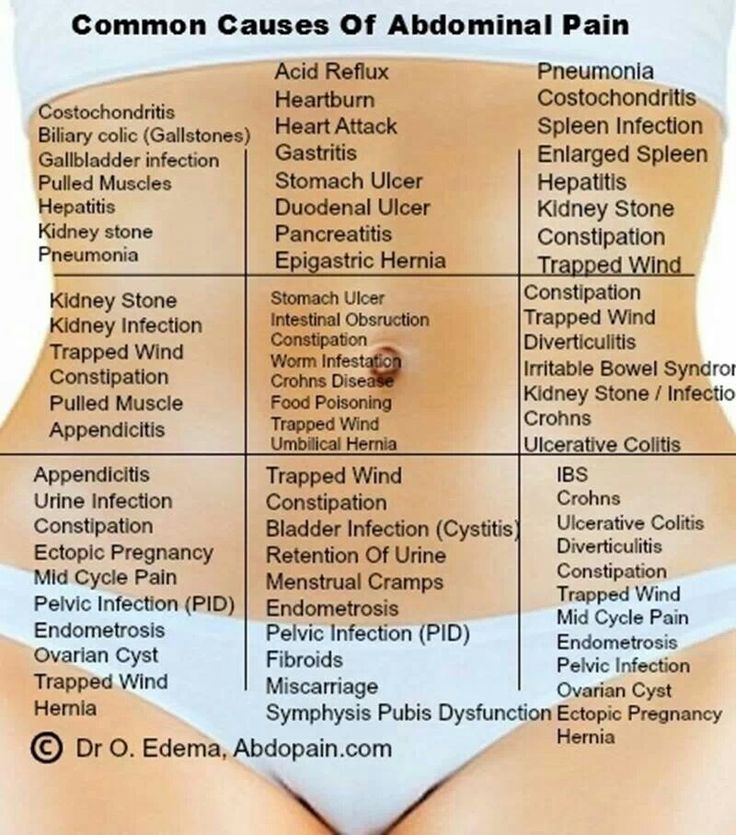 If your doctor has given medical clearance, your child can return sooner.
If your doctor has given medical clearance, your child can return sooner.
- What to Expect:
- Most viral rashes go away within 48 hours.
- Call Your Doctor If:
- You think your child needs to be seen
- Your child becomes worse
And remember, contact your doctor if your child develops any of the 'Call Your Doctor' symptoms.
Disclaimer: this health information is for educational purposes only. You, the reader, assume full responsibility for how you choose to use it.
Last Reviewed: 01/11/2023
Last Revised: 12/30/2022
Copyright 2000-2023. Schmitt Pediatric Guidelines LLC.
Rash on Stomach: Symptoms, Causes, and Treatment
Skin rashes can be uncomfortable, causing patches of itchy, irritated, red, and swollen skin.
Rashes can form on any part of the skin, including the stomach.
In some cases, it’s easy to identify the cause of your stomach rash, like when you accidentally come into contact with poison oak or poison ivy.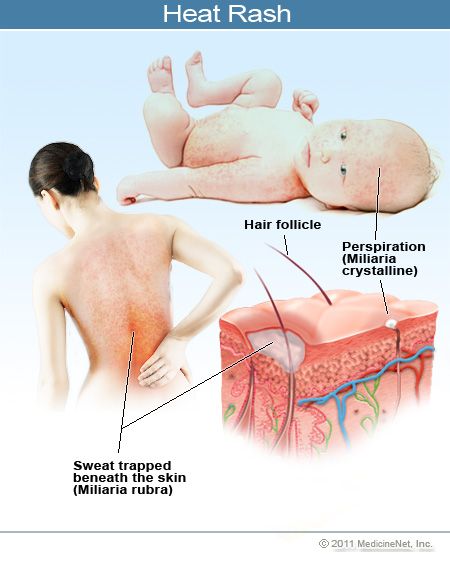
Other times, it can be harder to know where the rash originated.
There are many possible causes of a stomach rash and many are not cause for concern.
But they all have something in common: If you’ve got a rash on your stomach, you probably want it to be gone!
In this article, I’ll tell you about some of the most common potential causes of a stomach rash.
I’ll talk about their symptoms, including serious symptoms to watch out for, and how these rashes can be treated.
I’ll also tell you when to see a doctor.
Have a rash on your stomach? Chat with a doctor today for just $39
Chat NowWhat Causes a Rash on Your Stomach?
Not all stomach rashes are the same.
They may develop quickly, or spread over time. A rash may indicate anything from an allergic reaction to an underlying infection.
There are many possible causes of a stomach rash, which is why it’s important to speak to a provider when you’re unsure about what’s causing your symptoms.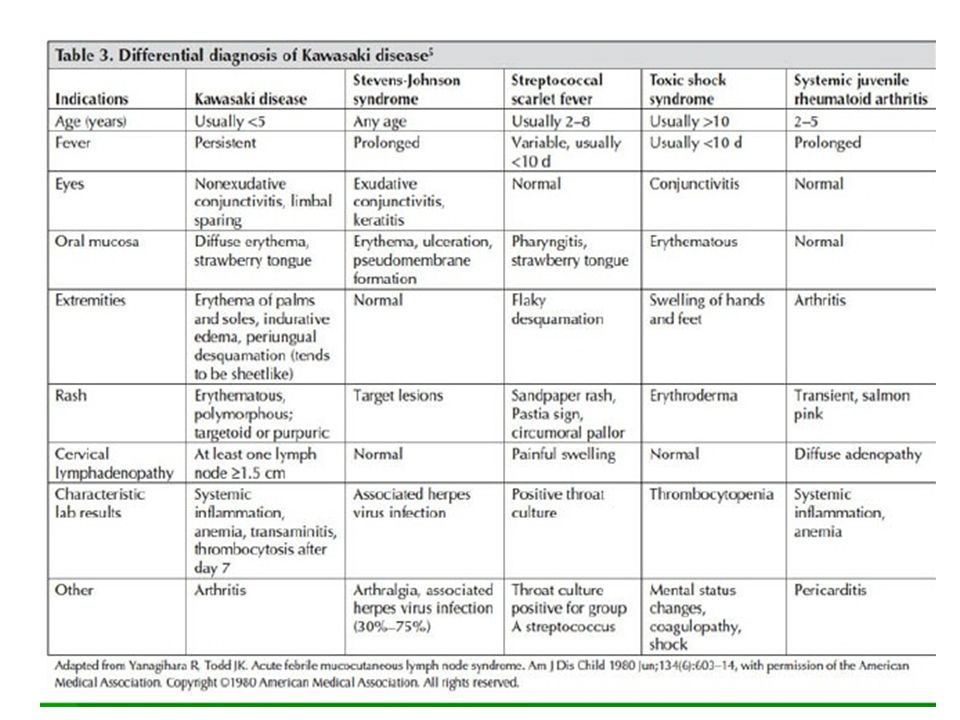
Possible causes of a mild stomach rash include:
- Pregnancy: During the third trimester of pregnancy, an itchy rash can appear in the stretch marks on the stomach. This is called pruritic urticarial papules and plaques of pregnancy, or PUPPP. This rash looks like little pink pimples or hives inside the stretch marks. The rash usually goes away within 1-2 weeks of delivering your baby. A PUPPP rash can be very itchy, but it shouldn’t cause complications for you or your baby.
- Scabies: This pimple-like rash is caused by an infestation of skin mites. The human itch mite, or scabies mite, burrows into your skin and lays eggs. The resulting rash is very itchy, especially at night; the rash may also have scales. Scabies can be spread from one person to another via prolonged, skin-to-skin contact—institutions such as nursing homes and child care facilities are often the sites of scabies outbreaks. Scabies can be cured by a prescription scabicide—a product that kills the mites and their eggs.

- Ringworm: This rash is not caused by a worm, as its name suggests. Ringworm is caused by a fungus, and it usually becomes a red, scaly rash in a circular—or ring-like—pattern. You can get ringworm from contact with another person who has a ringworm infection, or from an animal or object that has the fungus. Athlete’s foot and jock itch are types of ringworm. If you have it on your stomach, it’s possible that jock itch has spread up from your groin area to infect your stomach. Over-the-counter antifungal treatments can help; if they don’t, contact a doctor.
- Scarlet fever: Scarlet fever is caused by the same bacteria that causes strep throat. If your child has a sore throat and a rash, they may have contracted scarlet fever. The rash usually starts on the neck, armpits, or groin, but can spread to other parts of the body, including the stomach. The rash will feel like sandpaper. Scarlet fever is more common in children, but adults can get it, too.
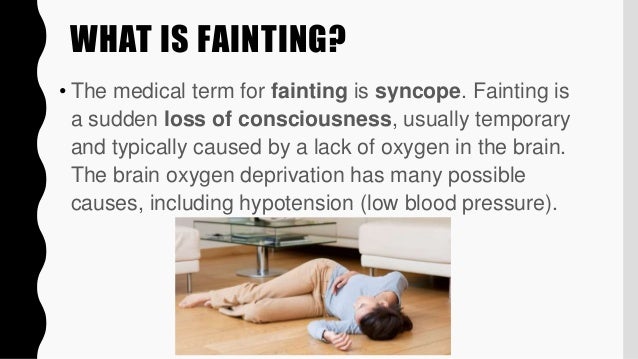 If you or your child has scarlet fever, you’ll need antibiotics to clear the infection.
If you or your child has scarlet fever, you’ll need antibiotics to clear the infection.
- Contact dermatitis: Contact dermatitis is a type of rash that can happen when your skin comes into contact with irritants, or if you have an allergic reaction to something you’ve touched. Symptoms of contact dermatitis include redness, itching, swelling and stinging of the skin. Other times, you may experience blistering or an oozy rash, like those caused by poison ivy, poison oak, and allergic reactions. Contact dermatitis is not contagious and cannot be spread through the fluid caused by blisters.
- Eczema: Eczema refers to several types of allergic skin conditions. Eczema rashes are often red, dry, and very itchy. They can appear on the face, hands, feet, inside of elbows, behind the knees, or on the stomach. Though experts don’t fully understand the connection, people with eczema are more likely to develop asthma or experience regular allergies.
 The severity of eczema may change over time, but it’s typically a chronic condition.
The severity of eczema may change over time, but it’s typically a chronic condition.
- Psoriasis: The stomach is a common area for a psoriasis flare up. Psoriasis is a chronic skin disorder that causes thick pink or red patches on the skin, often covered with white or silvery scales called plaques. Psoriasis is caused by an immune disorder, and is often an inherited condition.
- Impetigo: Impetigo is a highly contagious bacterial skin infection that is more commonly found on infants and young children. The main symptoms of impetigo are reddish sores that ooze. These sores usually form around the nose and mouth, though they can form elsewhere on the body, including the stomach. Antibiotic ointment or cream prescribed by a provider is required to treat the infection.
Possible causes of a more serious stomach rash include:
- Allergies to food or medication: Allergic reactions to medications can happen when a substance that you’re allergic to comes in contact with your skin or enters the body through the mouth.
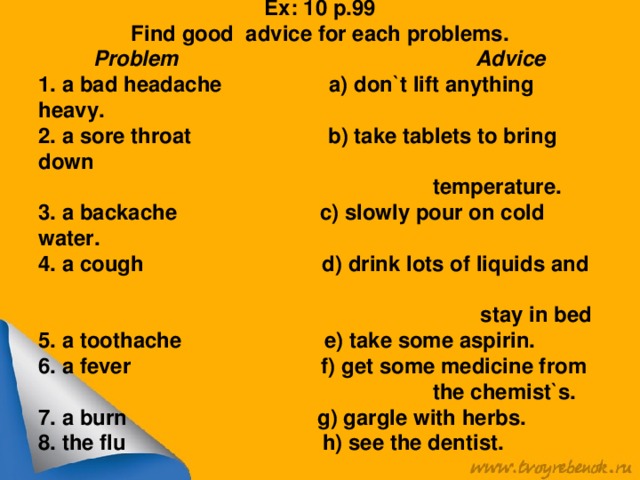 Some allergic skin reactions can be mild, while others may be more life-threatening. If you or a loved one is experiencing a severe allergic reaction, reach out to a provider or seek emergency care immediately.
Some allergic skin reactions can be mild, while others may be more life-threatening. If you or a loved one is experiencing a severe allergic reaction, reach out to a provider or seek emergency care immediately.
- Lyme disease: Lyme disease is extremely common in the United States and is transmitted to humans through the bite of infected ticks. Symptoms include fever, headache, fatigue, and a characteristic skin rash called erythema migrans (EM). The appearance of an EM rash can vary widely. It is generally described as target-like. It usually begins as a small bump or redness at the site of the bite and then gradually expands, sometimes reaching up to 12 inches in diameter.
- Kawasaki disease: Kawasaki disease (KD) is an extremely rare but serious disease that primarily affects children five years and younger. As few as 20 children in 100,000 in the United States have this condition. Though the exact cause of KD is unknown, it can cause fever for longer than five days, rash, swelling of the hands and feet, irritation and redness of the whites of the eyes, swollen lymph glands in the neck, and irritation and inflammation of the mouth, lips, and throat.
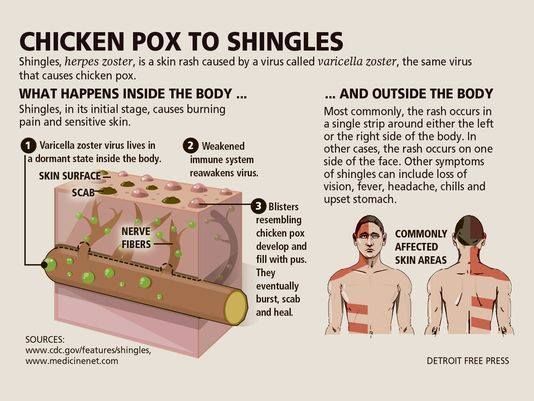 Post-COVID multisystem inflammatory syndrome in children (MIS-C), is a rare condition that occurs about one month after an infection with COVID-19 and can cause similar or identical symptoms. This may be seen in children up to 17 years old.
Post-COVID multisystem inflammatory syndrome in children (MIS-C), is a rare condition that occurs about one month after an infection with COVID-19 and can cause similar or identical symptoms. This may be seen in children up to 17 years old.
- Viral infection: Multiple viruses can also produce a rash. Viral rashes often come with additional viral symptoms, such as fever, diarrhea, runny nose, cough, or sore throat. Your healthcare provider can often recognize a viral rash based on its appearance and your other symptoms.
Symptoms of a Stomach Rash
A stomach rash can cause a wide array of symptoms, depending on the type of rash present.
Generally, a rash involves a change in the color, feeling, or texture of your skin.
Some symptoms you may experience with a stomach rash include:
- Dry, red, itchy skin
- Small blisters or bumps
- Thick, pink or red patches on the skin
- White or silvery scales on the skin
- Painful patches of skin
- General itchiness
Serious symptoms
Sometimes, a stomach rash can be a sign of a more serious condition.
In those cases, there may be additional symptoms present, like:
- Fever
- Chills
- Joint pain or stiffness
- Change in consciousness (including unresponsiveness or fainting)
- Purple-colored rash
- Shortness of breath or difficulty breathing
- Sudden swelling of the face, lips, or tongue
- Tightness in the throat
- Symptoms that do not improve despite treatment
If you or a loved one experiences any of the above symptoms, seek emergency care as soon as possible.
What are the Treatments for a Stomach Rash?
The appropriate treatment for a skin rash depends on the cause of your symptoms.
Speak to a provider to determine which treatment option, if any, is right for you.
Prescription medications
Some skin rashes, including psoriasis and eczema, may be treated with prescription lotions, ointments, and/or oral or injectable medications.
Over-the-counter (OTC) medications
In many cases, over-the-counter (OTC) medications like hydrocortisone cream or calamine lotion can help to soothe your rash, no matter the cause.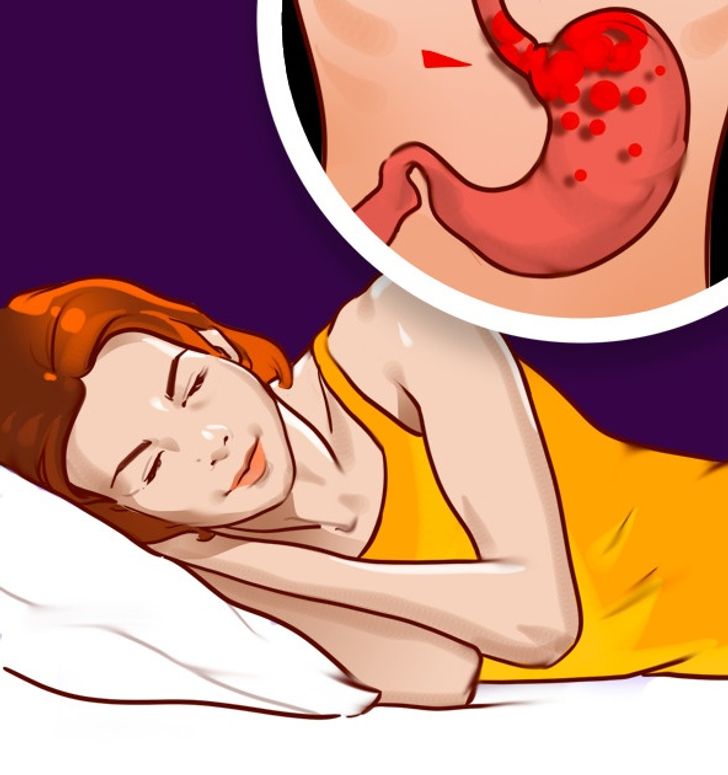
Other OTC medications, like ibuprofen (Advil) or acetaminophen (Tylenol), may help to alleviate pain associated with your rash. Antihistamines like loratadine (Claritin), cetirizine (Zyrtec), and diphenhydramine (Benadryl) can be helpful in treating rashes and itching.
Home remedies
Before resorting to home remedies, consult with a healthcare professional to determine whether certain home remedies will make your symptoms better or worse.
If your provider says they are safe, home remedies can help soothe the discomfort and pain caused by some skin rashes.
A cool bath with baking soda, uncooked oatmeal, or colloidal oatmeal can help soothe the itching caused with chickenpox, poison ivy, and poison oak.
Stomach Rash Prevention
Not all stomach rashes are preventable.
However, there are some things you can do to prevent certain stomach rashes, including:
- Practice good personal hygiene to help prevent against viral infection, including washing hands thoroughly
- Avoid perfumed soaps and laundry detergents
- Moisturize your skin with a fragrance-free moisturizer, especially in dry and colder temperatures
- Get vaccinated whenever eligible, including the rubella and chickenpox vaccines
Have a rash on your stomach? Chat with a doctor today for just $39
Chat NowWhen to See a Doctor
If you’ve developed a mild rash and are not experiencing any other symptoms, it’s OK to try some over-the-counter treatments and to wait a few days to see if your rash will go away on its own.
If the rash persists for a few days, spreads, becomes painful or infected, or you develop a fever, your rash may indicate a medical condition that requires treatment.
If you experience severe symptoms, or if signs of a new rash don’t go away on their own within one week, reach out to your provider.
How K Health Can Help
Did you know you can access online urgent care with K Health?
Check your symptoms, explore conditions and treatments, and if needed, text with a healthcare provider in minutes.
K Health’s AI-powered app is HIPAA compliant and is based on 20 years of clinical data.
Frequently Asked Questions
What does a rash on the stomach mean?
There are several possible causes of a stomach rash, many of which are not cause for concern.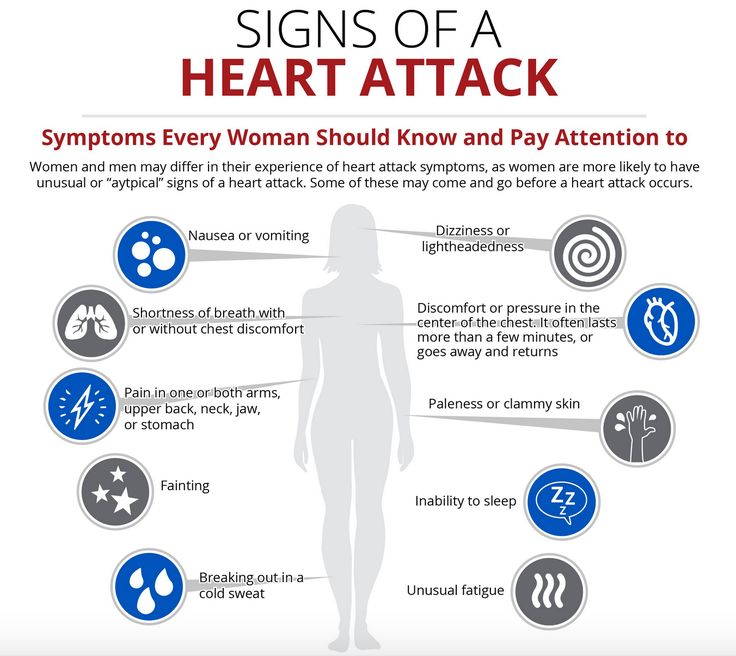 However, if you’re unsure about what’s causing your stomach rash, seek help from a medical professional in case you need prescription treatment.
However, if you’re unsure about what’s causing your stomach rash, seek help from a medical professional in case you need prescription treatment.
What does a stress rash look like on the stomach?
Rashes are a possible side effect of psychological stress. Rashes can include dry or sore skin, itchy patches on the skin, scaly skin, and other types of rashes.
How do you treat a rash on your stomach?
Most rashes will start to get better within a week. Depending on the type of rash you have, your provider may also recommend an over-the-counter or prescription treatment. If your rash does not improve within a week, or if you experience any severe symptoms, reach out to your provider for more information.
What does a virus rash look like?
Some viral rashes look like pink dots on the skin, while others may look lacy or like tiny blisters. Certain viral rashes are also more common in the summertime. Viral rashes often come with additional viral symptoms, such as fever, diarrhea, runny nose, cough, or sore throat.
K Health articles are all written and reviewed by MDs, PhDs, NPs, or PharmDs and are for informational purposes only. This information does not constitute and should not be relied on for professional medical advice. Always talk to your doctor about the risks and benefits of any treatment.
K Health has strict sourcing guidelines and relies on peer-reviewed studies, academic research institutions, and medical associations. We avoid using tertiary references.
-
Pruritic Urticarial Papules And Plaques Of Pregnancy.
 (2021).
(2021).
https://www.ncbi.nlm.nih.gov/books/NBK539700/ -
Scabies Frequently Asked Questions (FAQs). (2020).
https://www.cdc.gov/parasites/scabies/gen_info/faqs.html -
Scarlet Fever: All You Need to Know.
 (2021).
(2021).
https://www.cdc.gov/groupastrep/diseases-public/scarlet-fever.html -
Association of psychological stress with skin symptoms among medical students. (2018).
https://www.ncbi.nlm.nih.gov/pmc/articles/PMC5885122/ -
Cutaneous signs in COVID‐19 patients: A review.
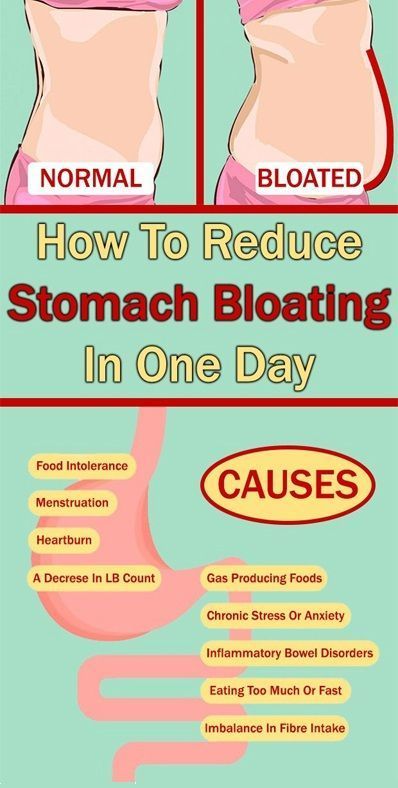 (2020).
(2020).
https://www.ncbi.nlm.nih.gov/pmc/articles/PMC7273098/ -
Kawasaki Disease. (2020).
https://www.cdc.gov/kawasaki/about.html -
Lyme Disease.
 (2021).
(2021).
https://www.cdc.gov/lyme/index.html -
Rashes. (2016).
https://medlineplus.gov/rashes.html -
Rosacea.
 (2016).
(2016).
https://medlineplus.gov/rosacea.html -
Rubella. (2019).
https://www.who.int/en/news-room/fact-sheets/detail/rubella
Abdominal rash, causes and treatment
Abdominal rash is a common phenomenon that occurs at least once in every second person. The causes of rashes are varied: from an allergic reaction to hormonal changes during pregnancy and sexually transmitted diseases. It is noteworthy that in children, rashes are provoked by specific causes that are uncharacteristic for adults. You should not ignore this symptom: if the rash does not go away for 1-2 days, consult a therapist or dermatologist.
The causes of rashes are varied: from an allergic reaction to hormonal changes during pregnancy and sexually transmitted diseases. It is noteworthy that in children, rashes are provoked by specific causes that are uncharacteristic for adults. You should not ignore this symptom: if the rash does not go away for 1-2 days, consult a therapist or dermatologist.
Share:
Causes of rash on the abdomen
- In pregnant women. Most often, rashes are associated with hormonal changes, when hormones negatively affect the skin. A rash in the form of red plaques with a white rim indicates dermatosis, reddish vesicles with liquid inside indicate an allergy.
- Men. Causes of rashes range from harmless prickly heat to malfunctions of the internal organs and infectious diseases. If grayish-red bumps appear in the lower abdomen, it is worth suspecting syphilis, gonorrhea, or other sexually transmitted infections. Large red spots with scabs often accompany chronic skin diseases such as psoriasis and eczema.
 nine0010
nine0010 - In children. A rash can appear with prickly heat or infectious diseases - scarlet fever, measles, rubella, chickenpox and others. The same reasons can provoke rashes in adults, but children are much more prone to them.
Article checked
Bortnevsky A. E. Radiologist • experience 18 years
Publication date: March 24, 2021
Review date: March 24, 2021
Update date: January 03, 2023
Content of article
Concomitant symptoms of a rash on the abdomen
Quote from a CMRT specialist
Ulyanova Daria Gennadievna Neurologist • Chiropractor • Experience 24 years
Quote from a CMRT specialist
A rash on the abdomen may indicate an allergic reaction, hormonal disorders, venereal diseases, less often neurological pathologies. In order to understand the true cause and prescribe the correct treatment, it is necessary to visit a specialized specialist, pass current laboratory tests, and undergo diagnostics.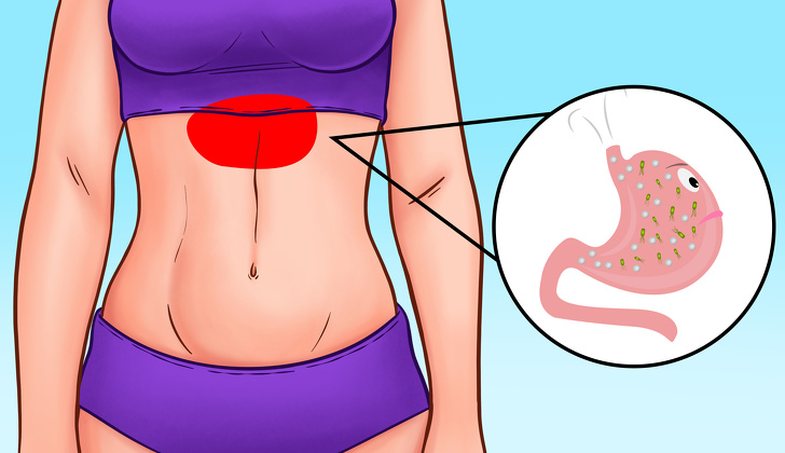 Do not self-medicate and postpone a visit to the doctor. nine0003
Do not self-medicate and postpone a visit to the doctor. nine0003
Ulyanova Daria Gennadievna Neurologist • Chiropractor • Experience 24 years
Diagnostic methods
To make a diagnosis, the CMRT conducts an examination, evaluates the nature of the rashes and recommends the following examinations and tests:
Where to see a doctor
If your stomach is covered, see a general practitioner or dermatologist first. If a child has a symptom, write it down to the pediatrician. Depending on the results of the initial diagnosis, the doctor will involve a specialist in further treatment, for example, an allergist or an endocrinologist. nine0003 Candidate of Medical Sciences Chief Physician of CMRT Moscow Professor • Doctor of Medicine Candidate of Medical Sciences
Doctor of the highest category Doctor of the first category Candidate of Medical Sciences
How to treat a rash on the stomach
The strategy for treating rashes depends on the cause that provoked it. To get rid of the symptom, the CMRT doctor prescribes local ointments, and uses the following methods to treat the underlying disease:
To get rid of the symptom, the CMRT doctor prescribes local ointments, and uses the following methods to treat the underlying disease:
Consequences
Prevention
Article checked
Moskaleva V.V. Editor • Journalist • Experience 10 years
We publish only verified information
The materials posted on the site were written by authors with medical education and specialists from the CMRT company
More details
Like the article?
Subscribe so you don't miss the next one and get a unique gift from CMDT.
By clicking on the button, I accept the agreement for the processing of my data. nine0003
24/7 appointment by tel.
+7 (812) 748-59-05
Sign up for CMRT
Need a preliminary consultation? Leave your details, we will call you back and answer all questions
symptoms and causes, what to do, prognosis
Rash on the abdomen in an adult: what could it be?
Eruptions on the abdomen can be very annoying, especially when accompanied by symptoms such as itching or burning.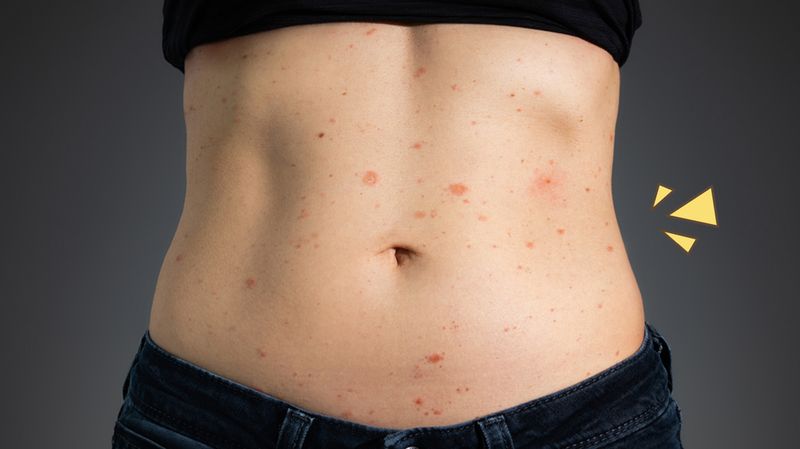 There can be many reasons for this ailment, we will consider the most common of them. nine0003
There can be many reasons for this ailment, we will consider the most common of them. nine0003
Types of rashes in adults
Urticaria
Redness of the skin is accompanied by the appearance of small blisters, slightly elevated above the level of the skin, similar to those that appear after contact with nettles.
Spotted rash
Indeterminate spots appear on the body, usually red. They can merge with each other into small islands or be at a distance from each other. Do not rise above the surface of the skin or rise almost imperceptibly. Such a rash may disappear when the skin is stretched or pressed against it. nine0003
Papular rash
Papules are small hard blisters filled with solid contents. They feel like solid masses, look like small, firm pustules that are not filled with fluid. Their diameter can reach from 1-3 mm to 1-3 cm.
Vesicular (vesicular) rash
Blisters on the skin can be filled with either a clear or purulent fluid (then they are called pustules), tend to merge with each other [1].
Probable causes of rashes on the abdomen in adults
Skin changes on the abdomen or other parts of the body can occur for many reasons. Among the most common are allergies and some infectious diseases.
Skin diseases
This is a large group of diseases, the main manifestations of which are skin changes. They can be acute and chronic, infectious and non-infectious. A dermatologist deals with the treatment of skin diseases.
Skin diseases that can cause a small red rash on the abdomen include: neurodermatitis, Gibert's pink lichen, eczema, polymorphic photodermatosis, psoriasis, acne and others. Each of these pathologies has its own characteristic symptoms and features of skin manifestations [1]. nine0003
Diseases of a viral nature
Chickenpox
Chickenpox causes a rash on the stomach, back, arms, legs and face. At the beginning of the disease, these are small redness in the form of spots, which eventually transform into larger vesicles that dry out after opening.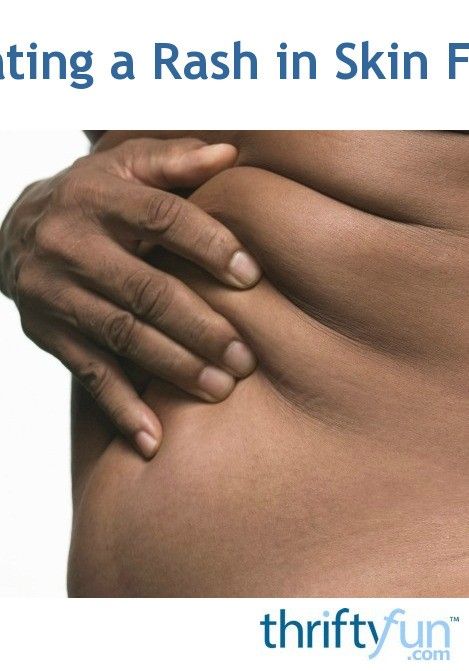 In adults, chickenpox may leave small scars [2].
In adults, chickenpox may leave small scars [2].
Herpes zoster
Another disease caused by the varicella-zoster virus is herpes zoster. Before the appearance of skin changes, patients feel pain, burning and itching along the course of the nerve that was attacked by the virus. The rash is grouped into characteristic stripes along the body along the intercostal spaces. Skin lesions look the same as with chicken pox, that is, they go through stages in the form of spots, vesicles and drying of the vesicles. [3]. nine0003
Measles
The main symptoms of measles are cough, fever, redness and small spots on the face. As the disease progresses, papules may appear all over the body, but they do not require serious treatment, as they disappear on their own after a few days. As a treatment, dry ointments, for example, with zinc oxide, can be used. Remember that measles should always be diagnosed by a doctor, as it can have serious complications [4].
Allergy
We are surrounded by a huge number of allergens, so one of the most common causes of a rash on the stomach is an allergic reaction. It can be caused by chemicals used for washing, the material from which clothes are made, food, pets, cosmetics, and medicines. A rash on the abdomen caused by an allergy usually presents with redness, small spots, hives, itching, or dry, flaky skin.
Allergy treatments include antihistamines and ointments or creams that moisturize and soothe itchy skin. To avoid such a rash in the future, it is recommended to consult an allergist and carry out allergy tests. In people prone to frequent allergic rashes, it is recommended to use hypoallergenic cosmetics, emollients specifically designed for allergic skin, and limit the consumption of highly allergenic products during daily care [5]. nine0003
Rash in diseases of the gastrointestinal tract
Skin manifestations often accompany diseases of the intestines and stomach. Violation of the absorption of vitamins, minerals and nutrients affects the condition of the skin and mucous membranes [6]. Congenital deficiencies usually appear at an early age.
Violation of the absorption of vitamins, minerals and nutrients affects the condition of the skin and mucous membranes [6]. Congenital deficiencies usually appear at an early age.
In adults, the rash is associated with atopic reactions of the digestive system - such as irritable bowel syndrome, ulcerative colitis, colon polyposis, Helicobacter pylori infection (gastritis, duodenitis). There is an assumption that Helicobacter pylori can provoke the development of psoriasis [7]. nine0003
A bright rash is one of the important symptoms of typhoid fever [8].
Sexual infections
A small red rash on the abdomen is manifested in the following sexually transmitted diseases:
- second stage of syphilis;
- pubic pediculosis [9].
Rash on the abdomen with scabies
The scabies mite causes an itchy rash on the abdomen, the infection spreads by self-infection during scratching of the scabies in the thickness of the skin. The sooner scabies is diagnosed, the sooner you can get rid of it. It is very important not to scratch the lesions on the skin, and wash clothes and bedding at high temperatures [10]. nine0003
The sooner scabies is diagnosed, the sooner you can get rid of it. It is very important not to scratch the lesions on the skin, and wash clothes and bedding at high temperatures [10]. nine0003
Infectious skin rash
Rash should not be taken as an isolated symptom. Infectious diseases also have the following signs:
- fever, chills, aches, general malaise;
- enlarged regional lymph nodes;
- the presence of an entrance gate of infection;
- history of contact with infected people;
- specific changes in blood tests and biochemical analysis, characteristic of the infectious process (increased ESR, shift of the leukoformula, the appearance of C-reactive protein, etc.).
Infections with skin manifestations include herpes, typhus, leptospirosis, rubella, hemorrhagic fevers of various origins, infectious mononucleosis, meningococcal infection, measles, typhoid fever, chickenpox, Rosenberg's erythema, paratyphoid fever, Lyme disease, pseudotuberculosis, salmonellosis , scarlet fever, enterovirus infection, Chamer's infectious erythema, erythema nodosum, etc.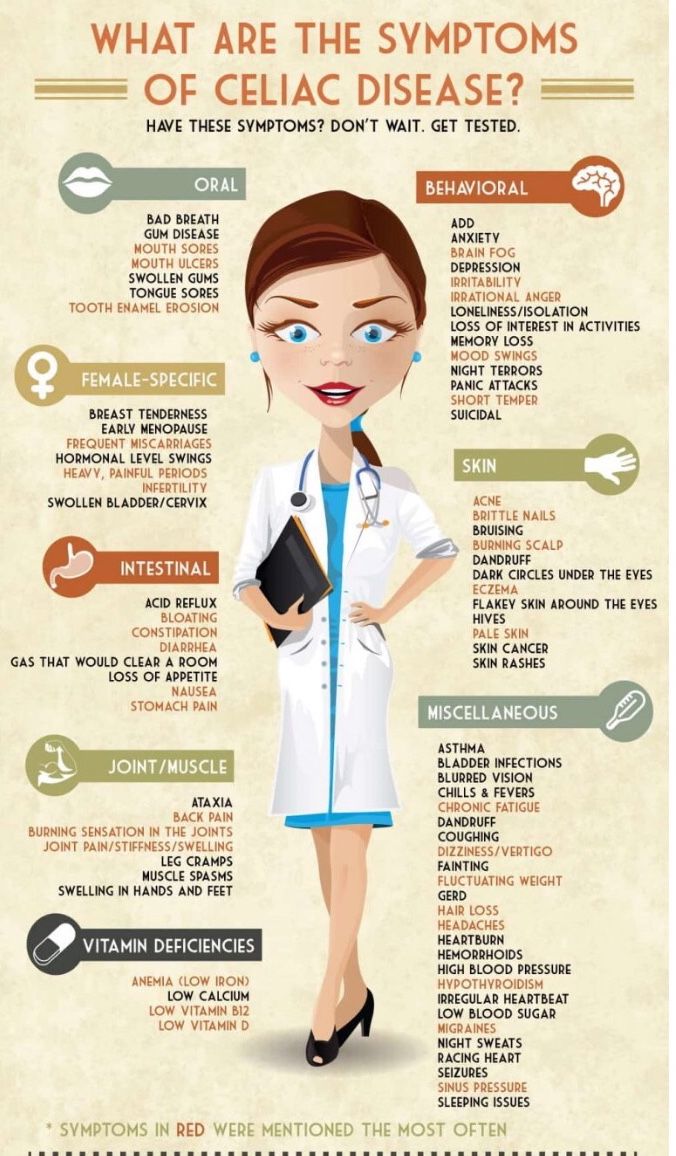
Only a doctor can understand this diversity. Therefore, if there are signs of an infectious disease, you should not self-medicate [11].
Skin changes in Fabry disease
Fabry disease is a congenital disease of a genetic nature, which is accompanied by a variety of clinical manifestations. One of the characteristic symptoms of Fabry disease is angiokeratomas on the abdomen - small dark red (up to purple) rashes. They can also appear on the face, in the anus, on the fingers and toes. The elements of the rash slightly rise above the surface of the skin, inside there is a dense content. nine0003
In addition to the rash, patients complain of burning pain in the arms and legs, visual and hearing impairment, and abdominal pain. But, since the rash immediately attracts attention, this is often the first reason to see a doctor. With timely early diagnosis, the progression of Fabry disease can be slowed down with the help of modern enzyme replacement therapy [12].
Diagnosis of rashes on the abdomen
If a rash appears on the abdomen, you should consult a general practitioner or therapist who can make a diagnosis or refer you to a specialist (allergist, dermatologist, gastroenterologist, infectious disease specialist, etc.